Whether you’re taking quarantine selfies for Instagram or doing a video call job interview, being trapped at home doesn’t mean you shouldn’t always be looking your best. Looking good is about more than just making a nice impression on people. It’s about being the most confident and happiest version of yourself. A bright white smile is a huge part of your look, so it’s important to keep your teeth as clean and shiny as possible.
Even if you brush and floss your teeth regularly, you can still sometimes end up with chompers that are less than perfect. Sometimes it’s not even your fault! Some foods, like pomegranates, can leave unsightly stains on your teeth. So, what should you do when you look in the mirror and see stains on your previously sparkling smile? Don’t worry, we’re here to help! Here’s a little info that might be helpful about stains and how to clean them off your teeth.

Staining Foods
Pomegranates might be healthy and delicious, but they’re also some of the worst offenders when it comes to leaving stains on your teeth. Anything with strong red pigments, like pomegranates or cherries, can leave dark red stains on your teeth, especially if you eat them frequently. This can sometimes be made worse by the acids in many fruits that eat away at your enamel and make your teeth look even more stained. When it comes to your teeth, it’s always better to be safe than sorry, so be sure to brush your teeth after eating pomegranates or similarly dark fruits.
It’s not just regular fruits that will leave stains on your teeth, either. The same goes for fruit juices, especially darker ones like cranberry juice or grape juice. These drinks have the same staining pigments as the fruits themselves, so it’s best to be aware. If you find yourself downing a tall glass of grape juice before your big date, it might be worth taking a moment to brush your teeth again. That’s true for popsicles as well, by the way. Your teeth will probably be fine if you keep eating and drinking this stuff on occasion, but it’s a good idea to take care of any leftover pigment as soon as you’re finished. Using a straw can also make a difference by limiting the exposure for your teeth.
Coffee is another major culprit in the world of teeth staining foods. Just one or two cups of coffee a day can be enough to leave noticeable stains on your smile. This is usually made worse because most people drink coffee in the mornings, right before going out for the day but after brushing their teeth. That means that the residue just sits there on your teeth all day, leaving darker stains. Try brushing your teeth after drinking, and also add a little milk or cream to your morning cup of joe. Remember, the darker the liquid, the harsher the stains!

It might go without saying, but if you’re trying to keep your smile intact, you should avoid soda whenever possible. Not just because of the acids and sugars that break down your enamel, but also because the dark coloring of many sodas leaves behind some pretty bad stains. Drinking something lighter colored, like Sprite or 7-Up, can help, but overall staying away from soda is probably a good idea. Not only will your teeth, thank you, but your waistline will too!
This might be a hard one to hear for Dwight fans of The Office, but beets are pretty much the worst when it comes to teeth stains. If you’ve ever cooked with beets in your life, or even just handled them, you know how they stain every single thing they touch. They’ll leave dark red marks on your hands, your plates, your cutting boards, your hand towels, and, of course, your teeth. That’s not to say you shouldn’t eat beets; they’re pretty amazing for your body. But it’s smart to be wary of the stains they leave behind.
Fans of East Asian cuisine beware because soy sauce is here to blemish your perfect smile. Soy sauce is a dark liquid, like soda or coffee, so it leaves residue behind in pretty much the same way. In fact, it can be even worse than other liquids because of its high concentration. Unlike some of the other staining foods, cutting down on soy sauce is probably a good idea in general - it’s fairly high in sodium.
This is probably an obvious one, but red wine is another common source of teeth stains. Drinking wine through a straw might not be the classiest thing in the world, but if you’re worried about staining your teeth, you might give it a try. Otherwise, just be sure to brush after you’re done and clean those stains away before they can set in. It doesn’t take a lot of work to avoid leaving stains on your teeth, but you do have to stick with it!

Natural Stain Removers
“That’s all well and good,” you’re probably thinking, “but how do I get rid of the stains I already have?” Truth is, there are a ton of different ways to make your smile brighter. The real trick is figuring out which method is right for you. It’s worth mentioning that the biggest thing you can do to help out your teeth is just brushing and flossing regularly. The American Dental Association recommends brushing twice and flossing once every day, so sticking to that schedule is the foundation of any healthy and unstained smile. You should also be visiting your dentist once every six months or so.
All that being said, there are a lot of other things you can do to clean stains off your teeth. Many of them involve using chemical treatments, so if you’re the kind of person who wants to avoid chemicals whenever possible, you might want to start with something a little earthier. That’s totally understandable. After all, the only one who should decide what goes in your body is you. Make sure you’re comfortable with a treatment before trying it!
People have been working on natural remedies for teeth stains for thousands of years. The ancient Egyptians created a paste made of ground pumice and white vinegar that they applied to their teeth after brushing, and the Romans used ammonia. Here are a few alternative methods for cleaning stains off your teeth. It is worth mentioning that there isn’t really much evidence that these natural treatments work all that well. However, as long as you’re doing them the right way, they shouldn’t really hurt your teeth either, so it’s worth a shot.
One of the more common natural remedies for stained teeth is baking soda. Anyone who’s ever had to run a home knows how versatile baking soda can be. It’s great for cleaning, relieving sunburns, fixing heartburn, freshening the air in your home, and it can even be used as a makeshift deodorant. Well, you can add cleaning your teeth to that list. Baking soda is a natural abrasive, so it’s perfect for scrubbing those tough stains off your smile. All you have to do is add a couple of drops of water to a teaspoon of baking soda, put it on your toothbrush, and get brushing! However, you should be careful not to brush too much. Baking soda is such an effective abrasive that it can rub the stains off your teeth and just keep going, scraping some of the enamel away as well. So take it easy when you brush, and make sure you’re still brushing with regular toothpaste twice a day as well.
Fruit can be the cause of a lot of the stains on your teeth, so it only makes sense that fruit can be the solution too, right? This particular remedy doesn’t have much by way of scientific backing, but there are plenty of people who swear by it. All you have to do is peel a banana, orange, or lemon, and rub the peel gently on your teeth before brushing them. The thing that all these fruits have in common is citric acid. Theoretically, the acid can help scrub stains and plaque off your teeth. It’s also a little gentler than using baking soda, which is nice for people with sensitive teeth. If you find that the peels are making your teeth even more sensitive, then you should stop and get in touch with your dentist. It’s possible that your enamel is so weak that even the citric acid is damaging it, which could be a problem for you.
In ancient India, people used to clean their teeth with a method called oil pulling, which is still fairly popular across the globe today. It’s pretty simple - just take about a tablespoon of oil, swish it around in your mouth for 15 minutes, and spit it out. You can use any kind of oil, although the most recommended is coconut oil because of its absorbency. Coconut oil is also totally fine to eat, so don’t panic if you accidentally swallow some! The theory is that the oil kills the bacteria that create stains on your teeth, whitening them, and improving your breath at the same time. Like the banana peels, there’s not a ton of evidence supporting oil pulling, but people have been doing it for thousands of years.
Teeth Whitening Systems

If you’re interested in something with a little more science behind it, teeth whitening systems are one of the best ways to go about returning your smile to its unstained glory. There are a ton of different methods of whitening your teeth, and it can seem a little overwhelming at first. The important thing is taking your time and figuring out which system is best for you. Remember, there’s no rush!
For someone who doesn’t want to do it all themselves, you can always go to get your teeth whitened at your dentist’s office. Typically, this means sitting in the chair and getting your teeth treated for about an hour or two. You’ll generally have to come in for several of these sessions before you’re finished, which can be a little inconvenient. One advantage of getting your teeth whitened professionally is that dentists use a stronger peroxide solution than at-home systems do. That means you’ll see results faster. However, using a stronger solution does mean you run the risk of causing some pain to your teeth and gums. The other big downside of whitening your teeth at the dentist’s office is that you have to actually go to the dentist’s office, which is never exactly fun.
If you feel like skipping the dentist, you can always just whiten your teeth at home. One of the most common methods of whitening your own teeth is using whitening strips. You may have seen packages of these at your local supermarket or drugstore. Whitening strips are thin strips of flexible plastic that have been coated in a hydrogen peroxide solution. All you have to do is place the strip over your teeth, leave it for a few minutes, and then remove it and throw it away. Some strips even dissolve on your teeth for greater convenience. Seems easy, right? Besides simplicity, the other big advantage of whitening strips is the cost. Buying packs of strips is usually cheaper than other methods, which is nice if you’re just starting your whitening journey.

Gel-based whitening systems like Snow are an increasingly popular option for a lot of people. With Snow, you apply a whitening serum to your teeth with a little wand, just like painting a fence. This allows you to make sure you’re covering every inch of your teeth, which is a nice advantage over something like the strips. Snow also includes an LED activating light, which you shine on your teeth for about 10 to 30 minutes after you’ve applied the serum. This system works faster than most alternatives and is guaranteed to result in whiter teeth after seven days of use.

















































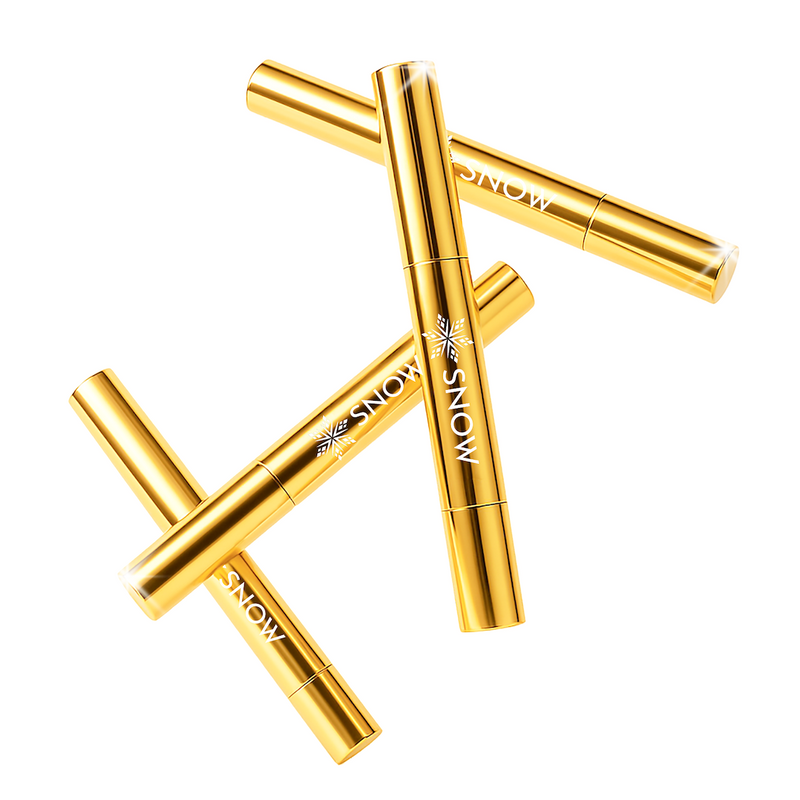

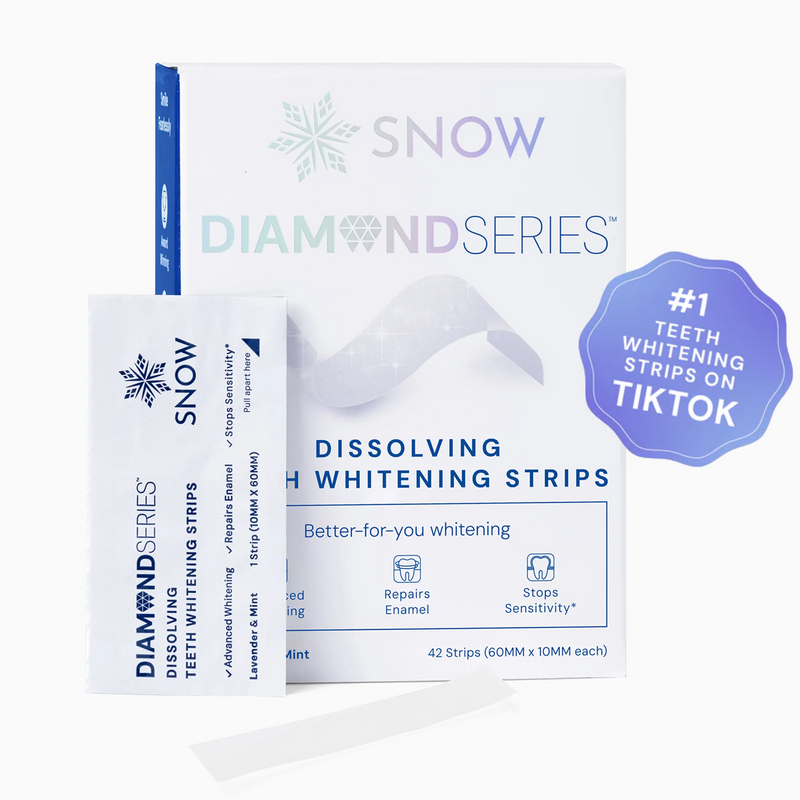
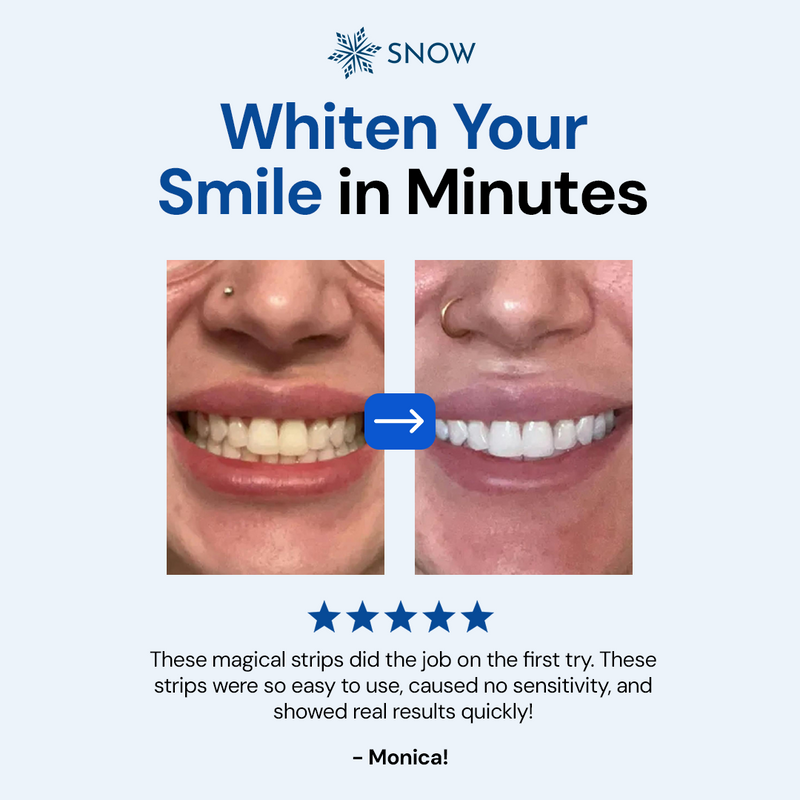
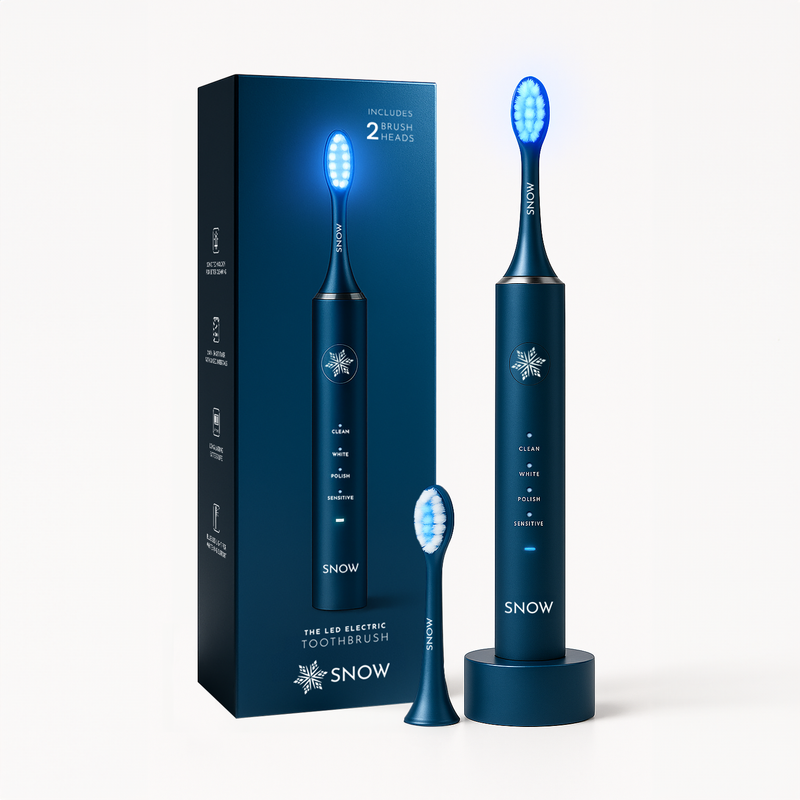

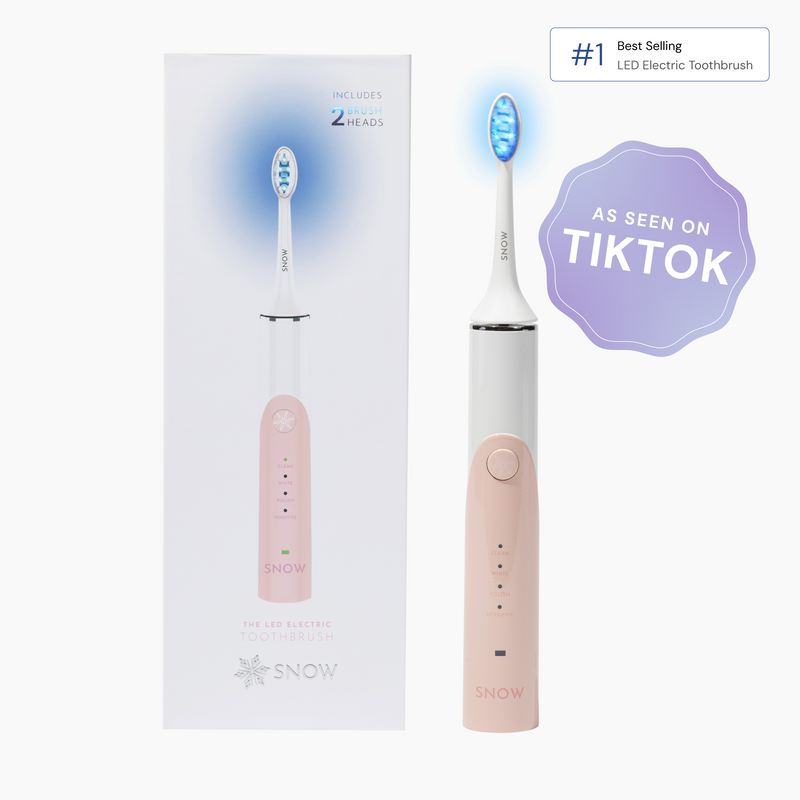




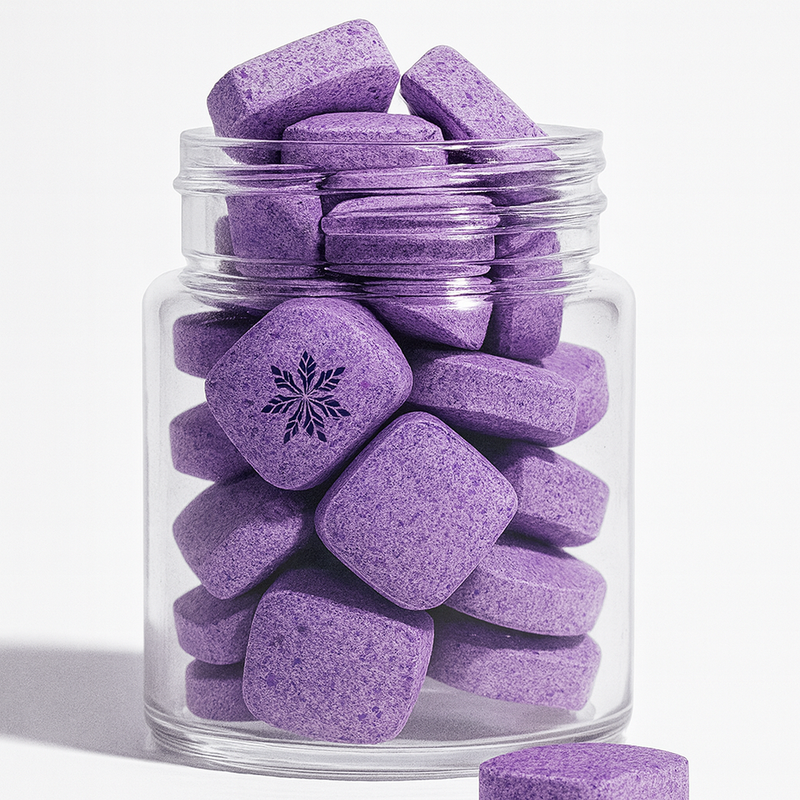
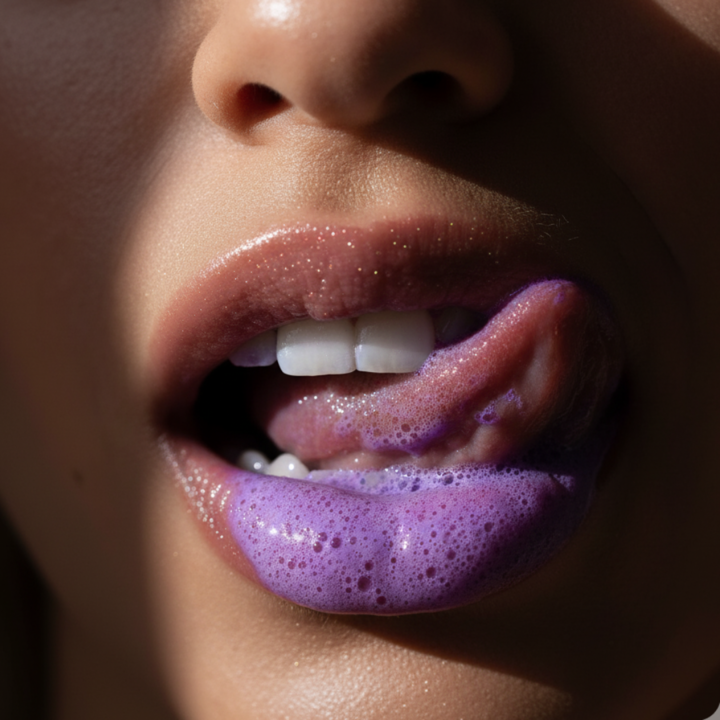






![Is It Safe to Use Whitening Toothpaste Everyday? [The Real Answer]](http://snow-teeth-whitening.myshopify.com/cdn/shop/articles/is_it_safe_to_use_whitening_toothpaste_everyday.png?v=1759931228)


